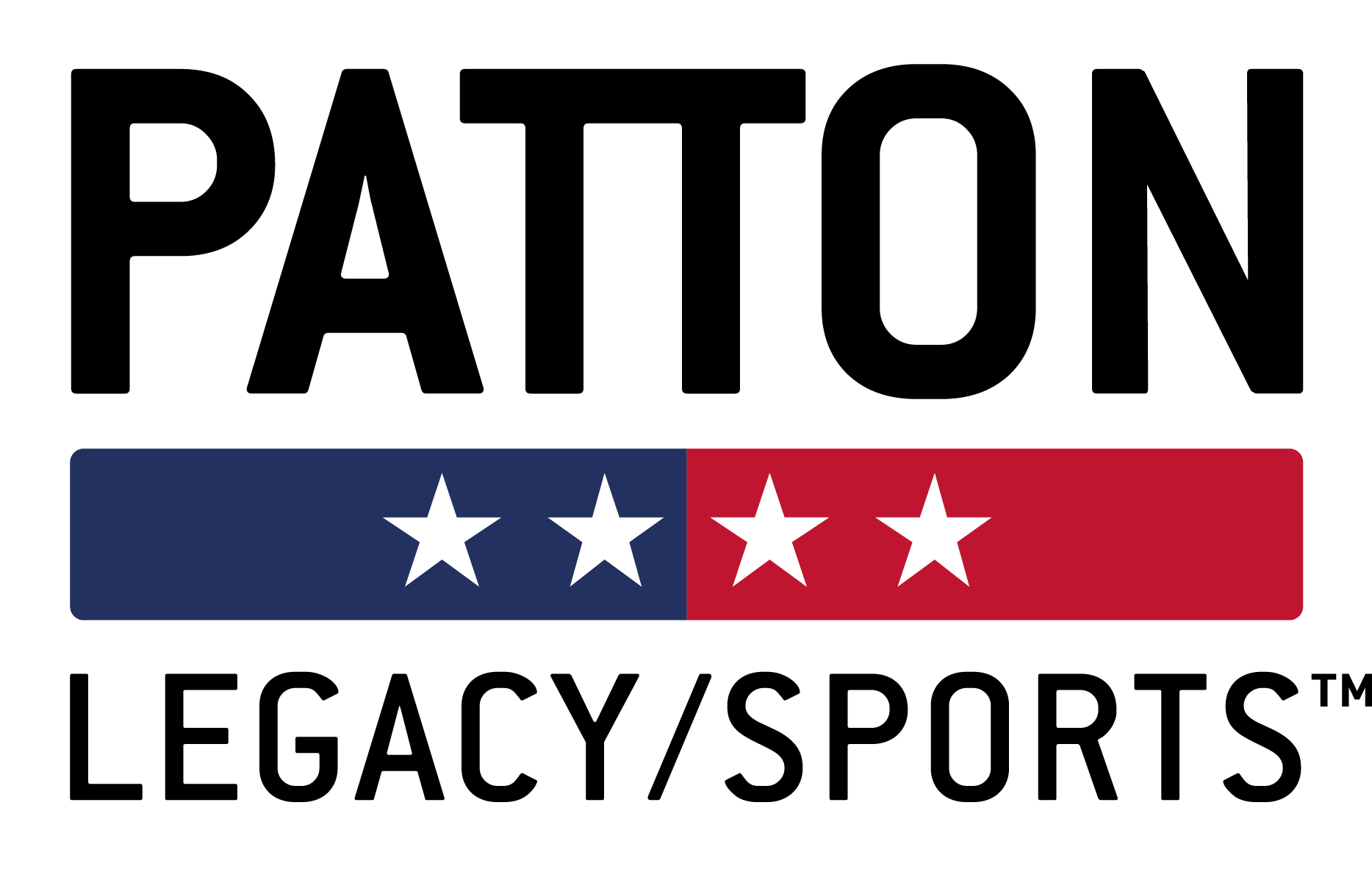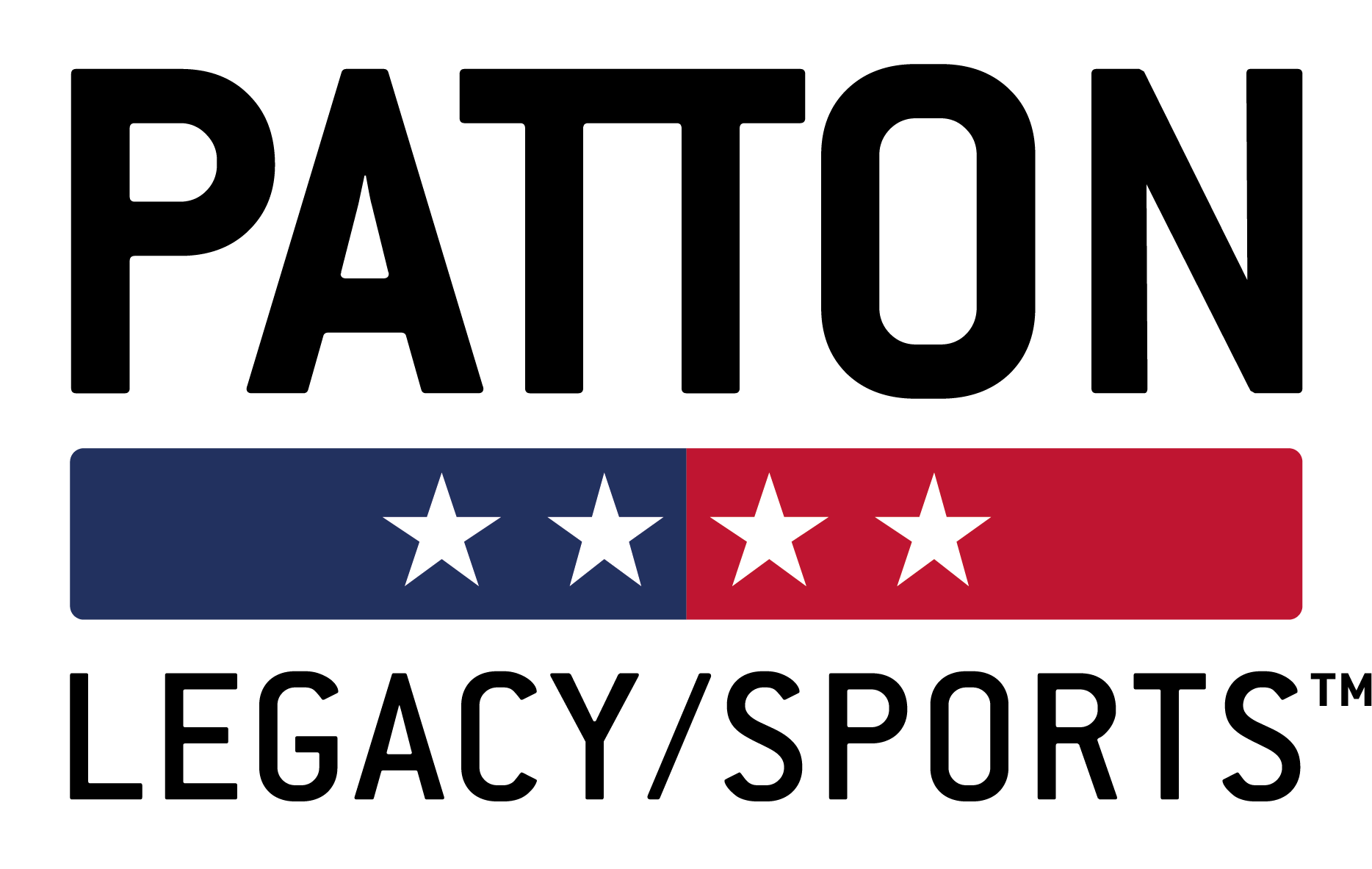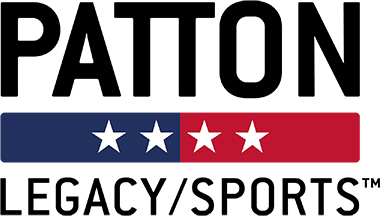George Smith Patton, Jr. OLY
Though there is no record of exactly how George Patton became an Olympian, it is clear his dedication to physical fitness and remarkable athletic ability played a role in his representing the United States in the 1912 Olympics.
His unwavering discipline bordered on the extreme, and he was renowned for working through injury and pure exhaustion. During the modern pentathlon, while most of the competitors fired with .22s, Patton decided to shoot his Army-issued .38 as he felt it was far more appropriate given his military standing. It was this particular event that caused controversy that is still discussed to this day. It was fiercely debated that the score was not based on the outcome of his shots missing the target but that the shots had passed through holes already left by previous rounds. It is argued by many that if it weren’t for the “bullet controversy” in the target shooting part of the pentathlon, Patton would clearly have won a medal and broken the Swedish reign.
Out of 43 international competitors, George Patton ultimately finished in 5th place. Ever embodying the spirit of competition, Patton immediately sought a second chance and secured his place on the US Team to compete in the next Olympic Games to be held in Berlin. However, WWI stifled his hopes of a second chance at a Gold medal, and he did not have the opportunity to compete.


